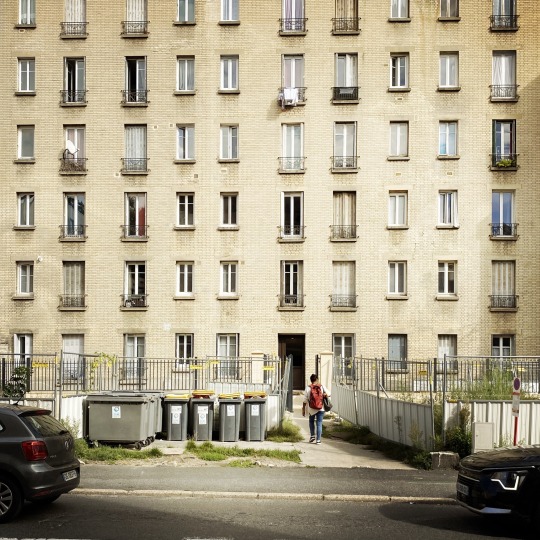#issy les moulineaux
Text

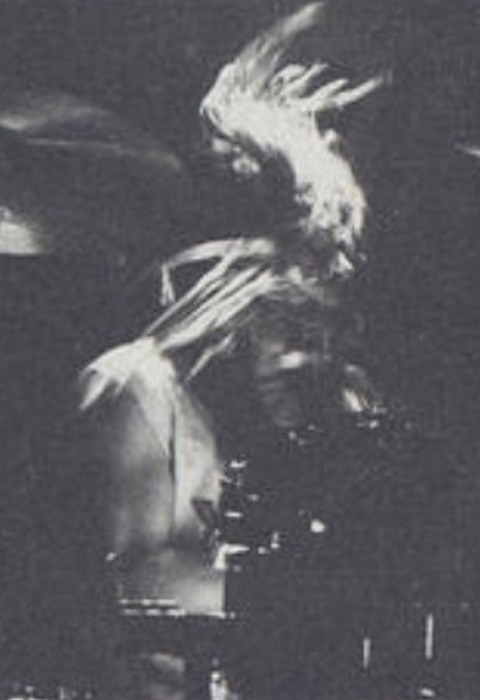
Nirvana, 01.12.89 - Fahrenheit, MJC Espace Icare, Issy-les-Moulineaux, France 🇫🇷.
65 notes
·
View notes
Text

Interior of the Grand Chapel of the Saint-Sulpice Seminary in Issy-les-Moulineaux, southwestern suburbs of Paris
French vintage postcard
#tarjeta#postkaart#les#paris#grand#moulineaux#sepia#issy#historic#photo#saint#southwestern#postal#briefkaart#interior#suburbs#photography#vintage#ephemera#ansichtskarte#old#postcard#french#sulpice#chapel#postkarte#carte postale#seminary
3 notes
·
View notes
Link
Que vous cherchiez un nettoyage d’égout et de canalisation, une réparation de fuite ou des services de rénovation de salle de bain, nous avons les outils et l’expérience pour effectuer le travail de manière efficace et fiable. Chez le plombier Issy-les-Moulineaux, nous sommes fiers de l’attention que nous portons aux détails et de notre engagement à fournir un travail de qualité et un service à la clientèle.
1 note
·
View note
Text

Marianne Faithfull performs at the Music Hall de France in Issy les Moulineaux, near Paris, February 10, 1966. Photo by Pierre Fournier🥀🍁🥀
Via @isabelfutre on Instagram🥀
20 notes
·
View notes
Photo
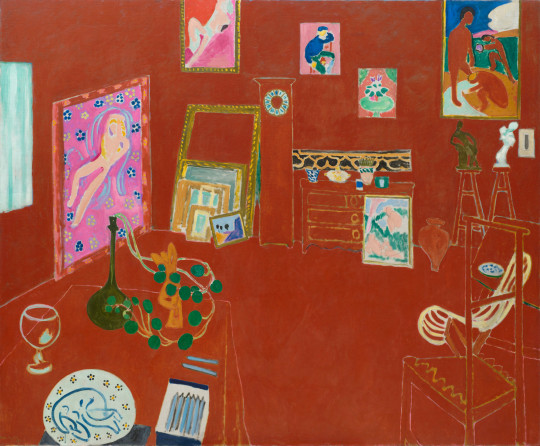


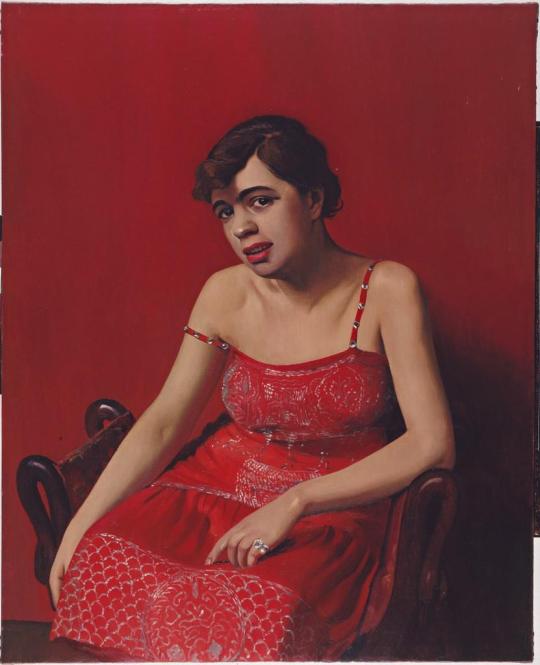

RED
"When you looked at that painting, you became that color, you became totally saturated with it."- Mark Rothko on Matisse’s Red Studio
Henri Matisse, The Red Studio, Issy-les-Moulineaux, fall 1911
Mark Rothko, Untitled ( Red and Brown), 1957, 69 x 43 ¼ x 1 1/8 in. (175.26 x 109.86 x 2.86 cm) © Kate Rothko Prizel and Christopher Rothko/ARS
Yasui Sotaro 安井曾太郎 Nude woman in studio: easel and model アトリエの裸婦画架とモデル 1934
Félix Vallotton, Romanian Woman in Red Dress (La roumaine à la robe rouge; La Roumaine en robe rouge), 1925
William Eggleston, The Red Ceiling (formal title is Greenwood, Mississippi), 1973
240 notes
·
View notes
Text


MARIANNE FAITHFULL performs at the Music Hall de France in Issy les Moulineaux, near Paris. 1966. Photo taken by PIERRE FOURNIER.
#finally posting more of my lady#the second image was reverse so i flipped it#marianne faithfull#1960s#60s#1966#non edits
36 notes
·
View notes
Photo
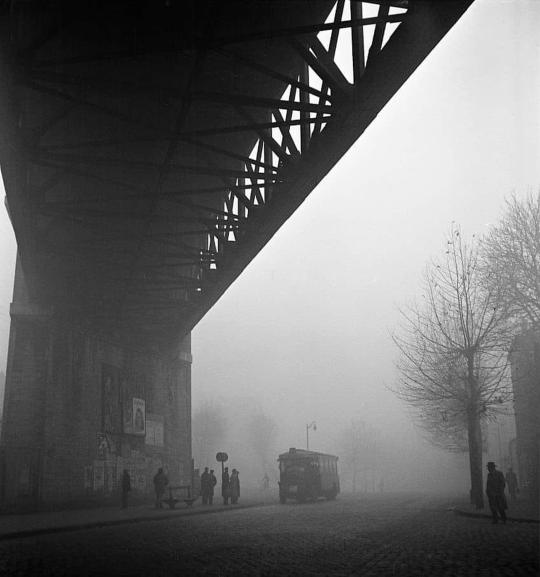
Robert Doisneau. Viaduct Avenue de Verdun Issy les Moulineaux, 1947.
100 notes
·
View notes
Text

5 notes
·
View notes
Text

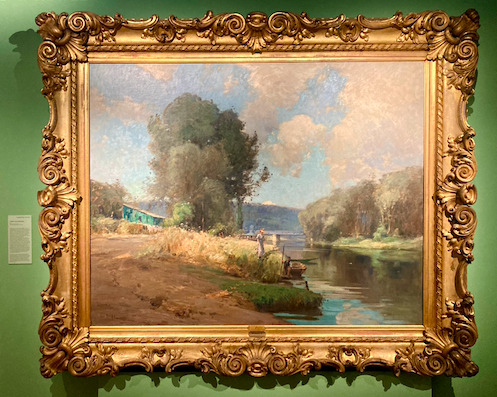
"La Seine à Issy-les-Moulineaux" de Constant Pape (1907) à l'exposition "Constant Pape (1865-1920), la Banlieue Post-Impressionniste" au Musée Français de la Carte à Jouer à Issy-les-Moulineaux, avril 2024.
5 notes
·
View notes
Photo

#bonjour #yesterdaypic #lighton 🙂 #issýlesmoulineaux #iledefrance #france . . . . . #colors #retaurant #moment #lifestyle #streetphotography #storyofthestreet #streetstorytelling #shotoniphone #outofthephone #mobilephotography #paris_focus_on #parisphoto #reponsesphoto #city_in_france #details #bnw #bnw_greatshots #bnw_rose #bnwoftheday #instabnw #igersbnw (at Issy-les-Moulineaux, France) https://www.instagram.com/p/CfVn5MaI0Nu/?igshid=NGJjMDIxMWI=
#bonjour#yesterdaypic#lighton#issýlesmoulineaux#iledefrance#france#colors#retaurant#moment#lifestyle#streetphotography#storyofthestreet#streetstorytelling#shotoniphone#outofthephone#mobilephotography#paris_focus_on#parisphoto#reponsesphoto#city_in_france#details#bnw#bnw_greatshots#bnw_rose#bnwoftheday#instabnw#igersbnw
15 notes
·
View notes
Text
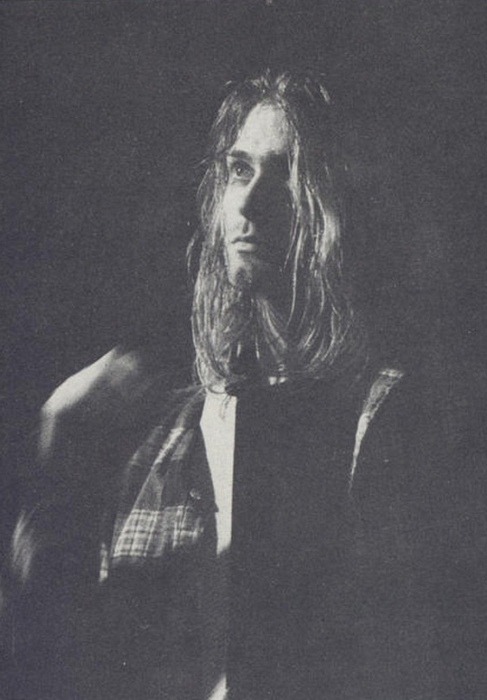
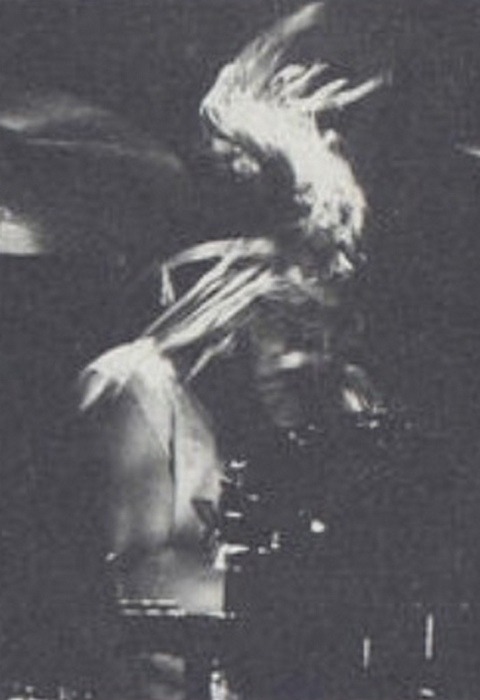
NIRVANA, 01.12.89 - Fahrenheit, MJC Espace Icare, Issy-les-Moulineaux, France 🇫🇷.
67 notes
·
View notes
Text
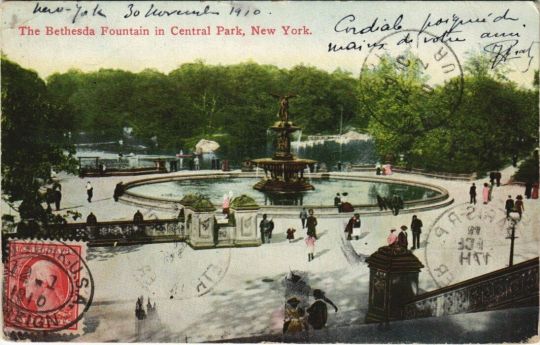
Bethesda Fountain in the Central Park, New York City, NY, USA
American vintage postcard, mailed in 1911 to Issy-les-Moulineaux, France
#tarjeta#bethesda#central#1911#postkaart#les#new#ny#moulineaux#sepia#usa#issy#historic#france#park#photo#postal#york#briefkaart#photography#american#bethesda fountain#city#mailed#fountain#vintage#ephemera#ansichtskarte#old#new york city
3 notes
·
View notes
Photo
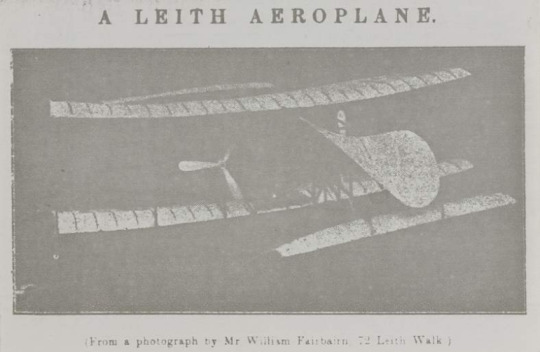

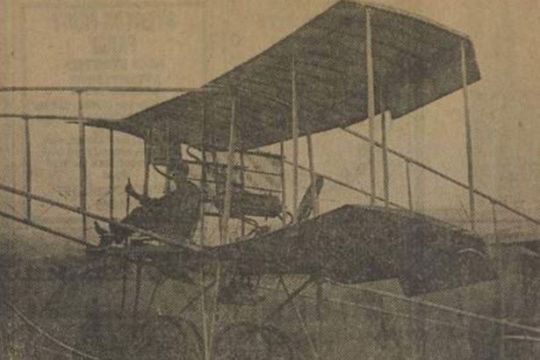
A Leith aeroplane.
The Edinburgh man who was flying his aeroplanes before the Wright Brothers. John Gibson was creating 'flying machines' from a workshop on Leith Walk while the fathers of modern flight were still wrangling with bureaucracy thousands of miles across the Atlantic.
It’s really quiet today and have no further anniversary posts, while scouring for more I came across these interesting couple of photos.
Henri Farman built the first practical flying machine and tested it at Issy-les-Moulineaux, near Paris, between November 1907 and January 1908. In America the Wright brothers managed to satisfy the U.S. Government that they had a practical flying machine during tests from July 27th to 30th 1909, but by then John Gibson had already tested numerous prototypes on Leith Links.
On 9th October 1909 the Leith Observer reported on Gibson's 19th model as follows:
'Mr John Gibson, Caledonian Cycle Works, Leith Walk, has made a model aeroplane of one-fourth of the real size. It is on view in his motor garage in Manderston Street.
The aeroplane stands on three wheels. The flying man sits in the centre of the plane, the great "wings" terminating in square "ailerons" on his right and left. At his feet is the 6-cylinder engine; at his right and at his left hand a lever. Attached to the frame of the plane, and only a few feet from his opened-out arms, are two propellers. Belts or ropes from the one engine shaft (one belt being a crossbelt) cause the two propellers to revolve, as desired, at the rate of 1000 revolutions per minute.
The aviator with his foot raises or depresses the elevator, the slightly bent horizontal bit of sail in front of him, over which is the broad, pear-shaped keel. Behind him is the framework of a few feet, ending in the double rudder, by which the course is changed. The whole machine looks like a huge cross, of which the "upright" is short and the transverse beams (the wings) long, in front the elevator and keel, behind, the rudders, both of which work in unison. A petrol tank is fixed a few feet above the head of the aviator.
The present is Mr Gibson's nineteenth flying machine, and he confesses to having had his disappointments with some of his earlier efforts. The machine is well worthy of inspection.'
John Gibson finally opted for the Farman biplane, which a few months later he was advertising for sale.
Manufactured from Gibson’s own drawings, or built to customer specifications, the models did not come cheap, with prices starting at £450 - around £50,000 in today’s money.
Another newspaper report told how, during an "experimental flight" in Cramond, a biplane "of Leith construction" suffered a fault, causing the aircraft to "accidentally turn in a complete somersault".
After four years of being the talk of the Walk, the entrepreneur had ceased production of his aircraft shortly before the start of world war one, returning to the ‘day job’ of cycle manufacturing.
The workshop departed Leith in 1916, setting up in Dalry. The last mention of the Caledonian Cycle Works to appear in print was a notice of a ‘clearance sale’ shortly before the move, though it is unclear whether any plane parts remained.
6 notes
·
View notes
